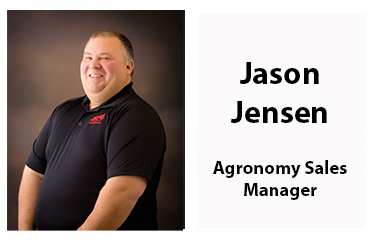Prepare for 2022

It may seem early to be talking about next year’s crop needs, but there are some simple steps we can take that have the potential to optimize our yields into the future. We often overlook or forget many important details when the previous year’s crop is standing or we don’t record the observations and they are forgotten about at the time of making fertilizer plans. Tissue samples of our current crop give us insight as to what macro and micronutrients we should be applying to optimize yields as foliar or side dress fertilizer in the current crop as well as dry fertilizer for next year and beyond harvest.
I have had the opportunity to analyze many tissue samples comparing them to soil samples and when this season’s fertility programs are added into the equation, it is often that the tissue and soil samples mirror each other very closely. Although it seems early to be making input decisions for the 2022 growing season, we should be looking at some of the information that this year’s crop may be telling us as it has the potential to optimize next year and even beyonds bottom line. We can walk into many fields corn and soybean fields alike, and find symptoms of P, K, sulfur, and micronutrient deficiencies. These should be recorded so that when making decisions for the 2022 growing season we remember what happened in your specific field for future reference. Nutrient deficiencies do not correct themselves without feeding the soil the correct nutrients and amounts. Generally speaking we use this information to apply a foliar feed to the current season’s crop growing however, forgetting about the situation when applying fall fertilizer. Foliars typically only have enough nutrients to feed the current crop and optimize yields for one growing season, and typically does not build our soil fertility enough to correct future deficiencies.
It is also a good time to look through our current soil sample information and list fields that are due for new sampling. This allows soil sampling to take place directly behind the combine allowing fields to have fertilizer applied in a timely manner this fall. It only takes 1 simple nutrient to be the limiting factor that makes the difference between a fair crop and a bin buster, and we have the tools at our fingertips to evaluate your field and help plan for your future fertility needs.
Contact your local SFG agronomist to prepare for your 2022 crop fertilizer needs.